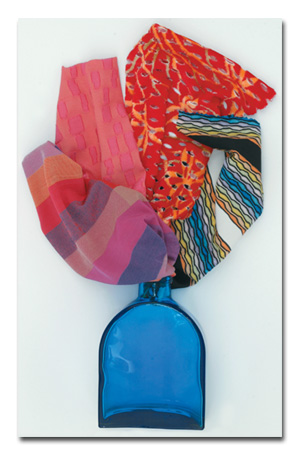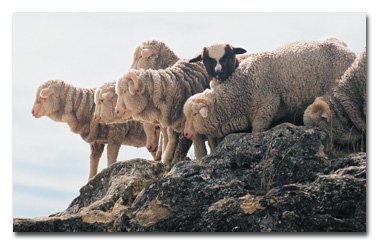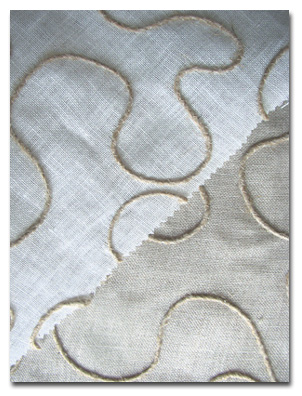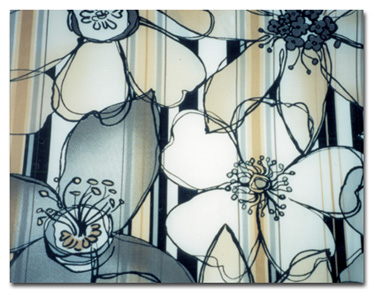A
s US textile manufacturers gear up for what some industry leaders have called a life or
death struggle over international trade, the industry’s lobbying operations have gone through some
major changes. It appears the new-look lobbying operations will have a broader reach and presumably
more influence, and their leaders expect them to play a major role in the upcoming presidential and
congressional elections.
Gone is the American Textile Manufacturers Institute (ATMI), which for more than 50 years was
a major voice for the industry in Washington. In its place is the new, more broadly based National
Council of Textile Organizations (NCTO). The American Yarn Spinners Association, which from time to
time played a major role in Washington, also soon will be phased out, but there will be an office
in Gastonia, N.C., to provide administrative assistance to the Southern Textile Association, the
Textured Yarn Association of America, the Craft Yarn Association and others.
NCTO was launched at a Capitol Hill news conference, at which NCTO Chairman Allen E. Gant
Jr., CEO of Glen Raven Inc., said the new organization would serve as the “central policy
development and implementations body” of the US textile industry in matters involving international
trade and governmental regulations. What NCTO brings to the table is an organization that for the
first time incorporates all segments of the textile industry from fiber to yarn to fabric and gives
major suppliers such as machinery manufacturers, power companies, banks and other suppliers to the
industry an equal voice. Gant believes the new organization can have “significantly more clout”
than the textile industry has had in the past.
One of the industry’s shortfalls in the past has been that while it is viewed as a powerful
regional industry with a lot of friends on Capitol Hill, it has fallen short of its goals when it
has run up against the free trade philosophies of several administrations. The new-look lobbying
organizations may be able to help change that with a broader geographic reach, and they will
benefit from the growing concern in Washington over the loss of American jobs to overseas
competition.
The 76-member American Manufacturing Trade Action Coalition (AMTAC), which has a strong
textile element, reaches into a much broader range of states and congressional delegations, with
members representing metalworkers, paper products companies, chemical manufacturers and
woodworkers.
AMTAC’s approach is to go beyond textiles and demonstrate the harm being done to many
manufacturing industries by what it sees as illegal and unfair trade practices such as currency
manipulation, illegal transshipments and export subsidies offered by overseas countries to their
domestic industries.
In connection with some issues AMTAC has been joined by the Union of Needletrades, Industrial
and Textile Employees, which itself will be expanded to include hotel and restaurant workers come
June.
A third textile lobbying force is the National Textile Association (NTA), a result of the
merger of the Northern Textile Association and the National Knitwear Association. Having 150
members with manufacturing facilities in the United States, Canada and Mexico, and representation
in Washington, NTA adds further to the geographic reach of the textile lobby.
All of these organizations and their supporters in Congress have a basic goal of developing
fair trade as opposed to the free trade policies they say have resulted in the loss of 3 million
manufacturing jobs, including 86,300 in textiles alone this past year. They plan to conduct
grass-roots education efforts with employees and in communities where plants are located, to
explain the link between job losses and free trade. In addition, they will meet with candidates and
promote greater voter registration and get-out-the-vote campaigns. They do not plan to endorse
specific candidates in the congressional or presidential elections, but they will support
candidates who demonstrate a strong commitment to saving American jobs.
At the launch of NCTO, Rep. John Spratt (D-S.C.) said: “The American textile industry is
battered by import competition. To fight back we need new ideas, new organizations and new
resolve.”
It will be interesting to see if the new lobbying organizations are the key to getting the
job done.
Free Trade Versus Fair Trade
While US textile manufacturers, their supporters in Congress, importers and the administration
all contend that the industry can compete in an atmosphere of fair trade, the question is how to go
about getting there in the face of low-wage overseas manufacturers, currency imbalances, illegal
transshipments, high tariffs and a rash of non-tariff barriers to trade. When you move beyond the
free trade versus fair trade rhetoric, there are a number of areas — some highly controversial —
where the United States and other governments are being pressed to help the beleaguered US textile
industry:
Free Trade Agreements
The administration, textile manufacturers and importers of textiles and apparel all believe
that preferential trade agreements with individual countries or groups of countries in a region can
provide at least part of the solution to the problem of dealing with burgeoning imports from China
and other Asian countries. However, they disagree as to how free trade agreements should be
structured. Textile manufacturers want strict yarn-forward rules of origin with no tariff
preference levels (TPLs) or cumulation that permits use of a given amount of yarn and fabric from
non-participating countries. Importers and the administration say TPLs and cumulation are necessary
to provide them with flexibility that will help make them less dependent on China and a handful of
other major suppliers.
Combatting Illegal Transshipments
All parties are agreed that something must be done to eliminate illegal transshipments that
evade quotas and take advantage of the tariff preferences in free trade agreements. The General
Accounting Office has uncovered what it says are serious flaws in the policing of textile and
apparel imports. Little is likely to change, however, as Customs officials devote most of their
resources to policing illegal drug traffic and the increasing demands of homeland security.
Section 301 Petitions
In a dramatic, unprecedented move, the American Federation of Labor – Congress of Industrial
Organizations (AFL-CIO) has filed a petition under Section 301 of the Trade Act of 1974, which
permits the United States to invoke sanctions against countries engaged in unfair trade. This
action charges that Chinese trade is unfair because of its labor-rights abuses. In a related
action, a coalition of manufacturers, including textiles, has filed a Section 301 petition accusing
the Chinese of unfair trade because of currency manipulation, which amounts to a subsidy for its
exports. How the administration reacts to the petitions is crucial, as favorable action could lead
to a whole new ball game that could result in sanctions against a wide range of products.
Safeguard Mechanism
The US textile industry has successfully used a provision in its bilateral agreement with
China that permits the imposition of quotas on products where it can be demonstrated they are
causing market disruption. The administration supported the industry’s first such petition, and a
7.5-percent growth cap has been placed on three product categories for 2004. US textile
manufacturers are pressing for a comprehensive agreement that would place similar caps on the
growth of all textile and apparel exports of sensitive products. That action is strongly opposed by
retailers and other importers of textiles and apparel.
Extension Of Import Quotas Beyond 2005
There is a movement underway, spurred by US textile manufacturers, to extend the deadline for
removing all textile and apparel quotas beyond the currently planned date of Jan. 1, 2005
(See “
Textile World News,” this issue). This will be a very hard sell, as members
of the World Trade Organization (WTO) have agreed to that date, and it would be difficult for many
countries, including the United States, to back off that commitment now.
WTO Trade Negotiations
The WTO has launched a trade liberalization effort calling for worldwide tariff reductions.
The US textile industry is opposed to any tariff cuts until other nations bring theirs down to US
levels. Domestic importers of textiles and apparel, on the other hand, want the US tariffs phased
out as soon as possible.
The extent to which any or all of these actions will be taken and what impact they might have
is problematic. But in this election year, US textile manufacturers are going to give it the old
college try.
May 2004

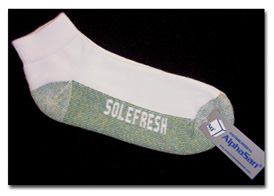
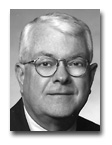 James
James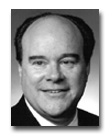 Allen E.
Allen E.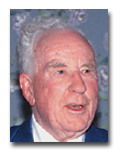 Roger
Roger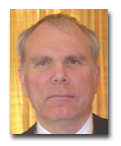 George
George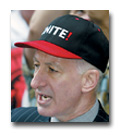 Bruce
Bruce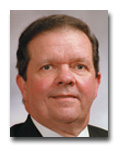 Steven
Steven